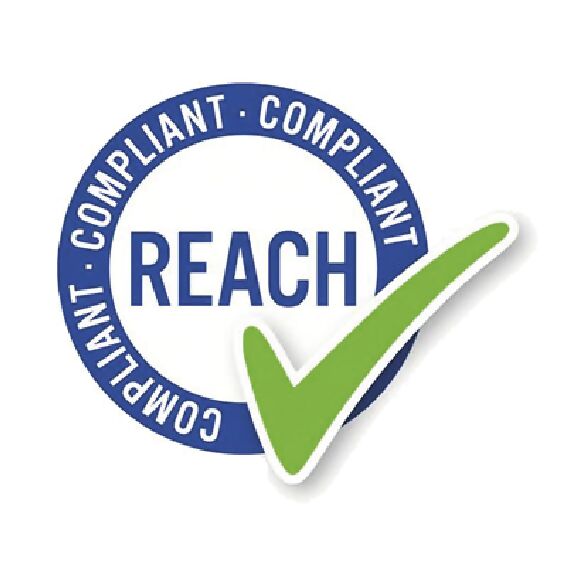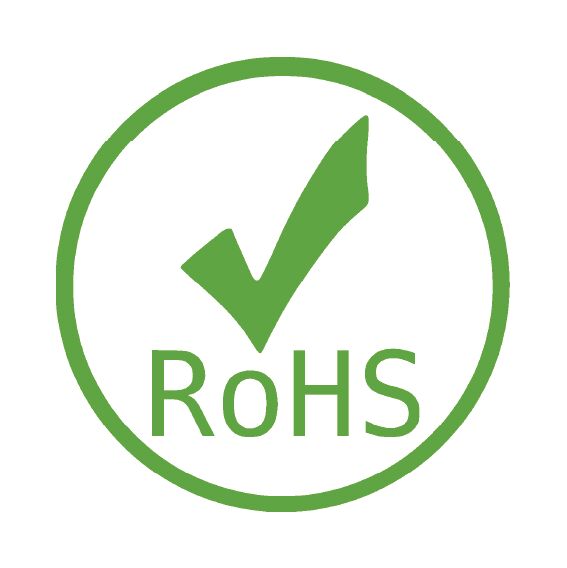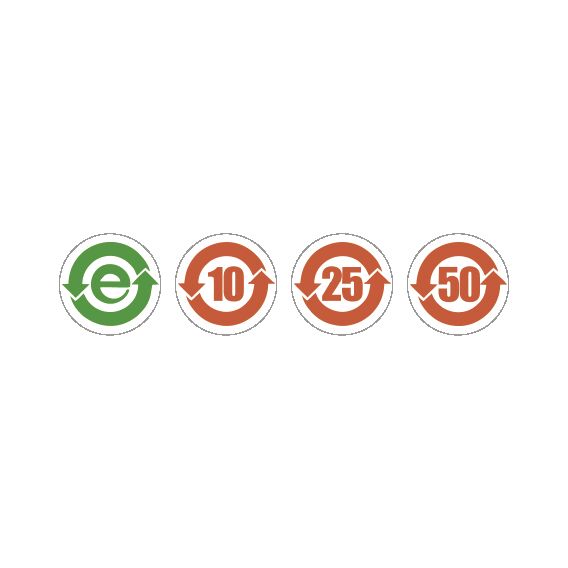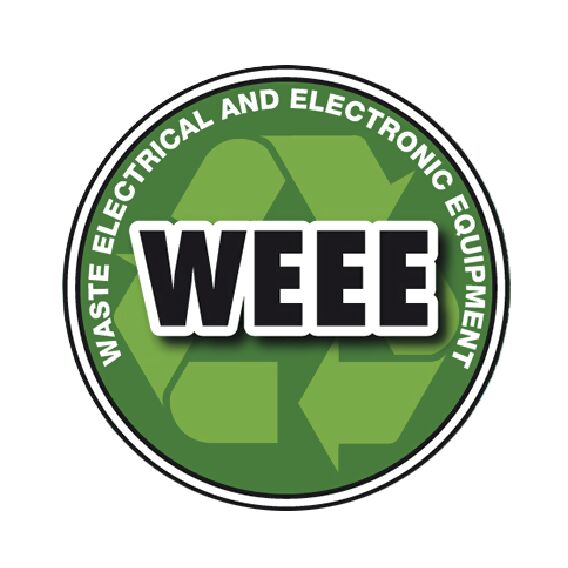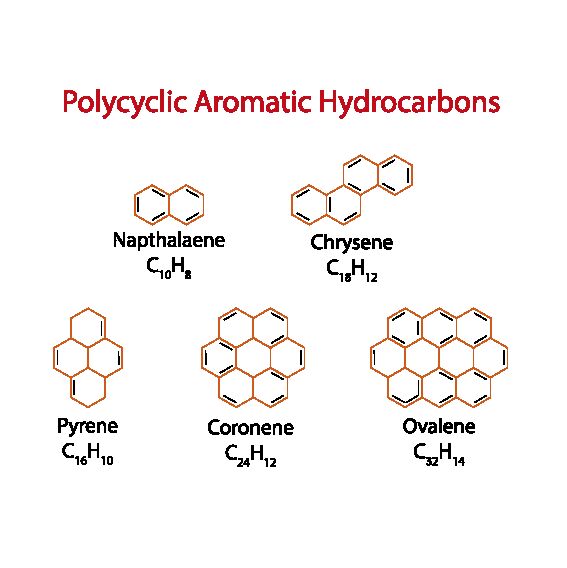compliance
The term compliance generally refers to the fulfilment of requirements; in the narrower sense, it refers to legal conformity and adherence to laws and regulations by the company and its employees.
At Steinel GmbH, we use the term compliance to refer to the measures we have taken to ensure that we conduct our business in a legally compliant and ethical manner. The requirements come, for example, from the areas of environmental protection, occupational safety, data protection and climate protection.










